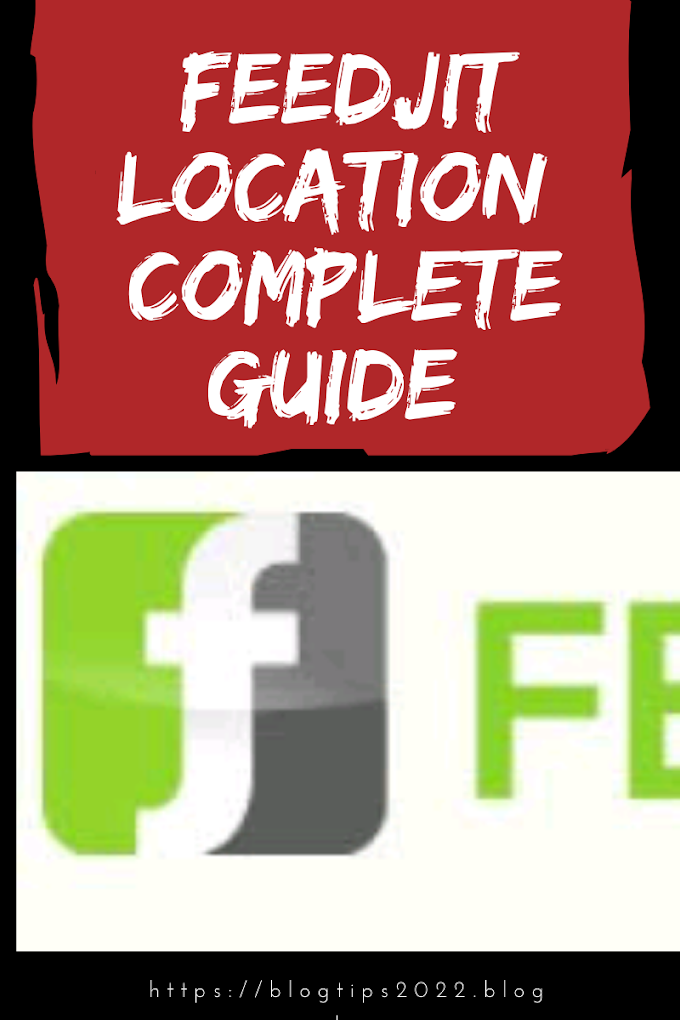How to index website on Google
I’m going to keep this post very short and to the point. So, it will be a quick read for you all. We all want our site/blog to get featured in Google’s SERP (Search Engine Results Page). Google is the most popular search engine. That’s why most webmasters tend to make their blog ‘Google friendly’ first. They make it a point to submit Sitemap using Google Webmaster tools. Let’s talk about ways to get our blog indexed fast by Google.
 |
| How to index website on Google |
Google search results are displayed seconds after you enter your query. It seems so simple and happens very fast. But the process is actually quite complex. Google takes into consideration more than 200 factors when it comes to deciding the position of a site in its SERP.
It analyses the millions of sites and blogs on the basis of these factors. This ‘analysing’ is possible with the help of programs called Google Bots. They arrive at your blog, and goes through it, studying its content, structure etc. This process is called crawling.
After crawling, if the content on your blog is deemed fit, Google will ‘Index’ it. Thus, after indexing, your blog has a chance of getting featured in SERP. This ‘chance’ depends on the query entered and how well your blog satisfies those 200 factors!
How to get a blog indexed?
The first step is to let Google know of your blog’s presence. This is when Sitemap comes handy. Sitemaps are XML files containing your blog’s posts, pages, structure etc. Sitemaps are meant to be used by humans as well as Google bots.
You may easily submit a Sitemap of your blog using Google Webmaster Tools. Submitting a Sitemap increases the chances of getting your blog indexed.
But merely submitting a Sitemap doesn’t guarantee that Google indexes your site. To get indexed fast, it is necessary that you follow certain guidelines.
Guidelines to get Blog/Site indexed fast by Google.
1. Content Guidelines
Your blog’s content should be of good quality. It should be original and useful. Google indexes only those blog’s, whose content it deems fit to be shown in SERP.
Don’t use excess of images in your post. This will make crawling a bit difficult. If your blog posts have a good number of images in them, the next point will be of help to you.
2. Image Sitemap
I recommend bloggers to use a separate image sitemap. This will be of particular help to those, whose blogs have large number of images on them.
If you are a WordPress user, I recommend using the UDINRA image plugin. There are other image sitemap plugins available in the WordPress.org directory. Following this step will get your blog’s images get indexed faster and better. Traffic from Google Image search will noticeably improve after it!
3. Video Sitemap
Just like Images, Videos too can be indexed separately for best results. If you are using large number of videos on your blog, consider submitting video Sitemap. I’ve not used it yet, so, I’m unaware of plugins for this task. Just go through the WordPress.org directory and choose a plugin with good ratings and review.
4. Use XML Sitemap Plugin
This is a general guideline for WordPress users. Use the Google XML Sitemap plugin for indexing posts on your blog. This is the best plugin.
WordPress SEO by Yoast also has an XML Sitemap feature. It is a good alternative, but I’ve noticed that it doesn’t function properly across some servers. Further, cases of conflict with caching plugins has also been noticed
5. Avoid Excessive Flash and animation content
Such stuff makes crawling difficult for Google Bots. That’s why I don’t use them on my blogs. Avoid them unless they are very important. Make minimum use of them.
6. Keep an eye on Server issues
Many times, it happens that the server turns out to be the villain. Servers used for shared hosting can often misbehave and stop bots from crawling a blog.
This leaves Google with no other option but to leave that blog un-indexed. Use Google Webmaster Tools to keep an eye on such server issues. If you notice it, seek help of your host provider immediately
I even know cases where the host provider deliberately stopped the bots from accessing blogs on their shared server. They did so in order to reduce the ‘load’ on their server. And the host provider is a reputed one, let me remind you!
So, before selecting a hosting company, make sure that such issues won’t pop up in the future. Ask existing customers about their experience/review.
 |
| How to index website on Google |
7. Share blog’s url on Google +
Sharing your new blog’s content on Google + will get it noticed fast.
8. Have patience
Following the above guidelines will ensure that your Sitemap gets indexed fast. But, sometimes, it may take some time. Under such circumstances, one should remain patient! Sooner or later, Google will index your blog!














